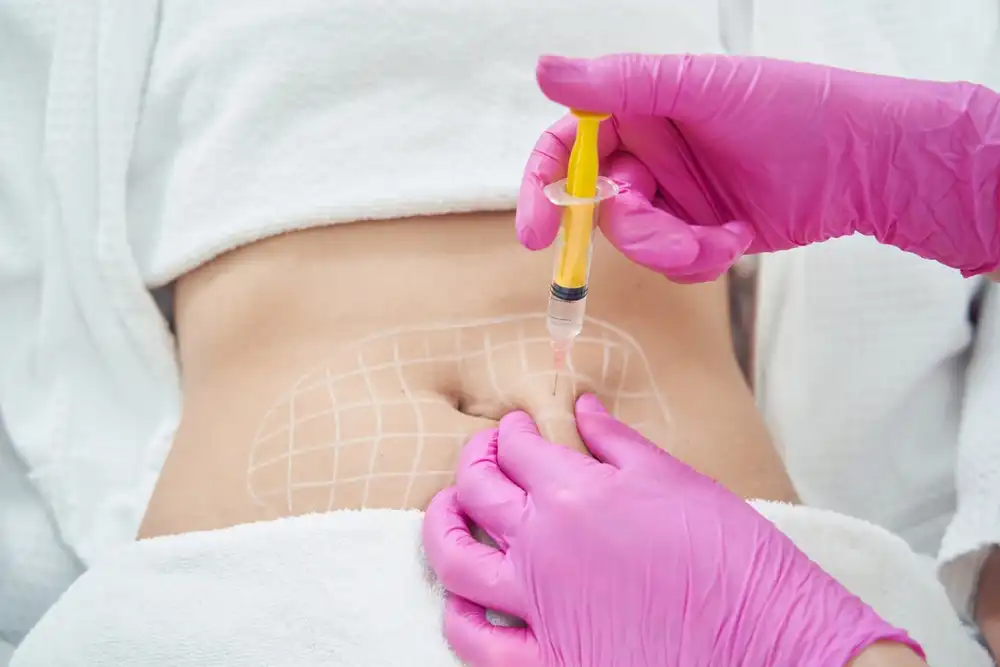Lipolysis Treatment - Abu Dhabi - Dubai
Lipolysis is a medical term that refers to the breakdown or destruction of fat cells in the body. There are different types of lipolysis treatments available, both surgical and non-surgical, that aim to reduce localized fat deposits and improve body contours. It's important to note that while these treatments can help with fat reduction, they are not intended as weight loss methods for overall body fat reduction.
Here are some common lipolysis treatments:
- 1. Liposuction: Liposuction is a surgical procedure that involves the removal of fat cells from specific areas of the body through suction. It is typically used to target larger areas of fat and is performed under general anesthesia. Liposuction can provide more immediate and dramatic results compared to non-surgical treatments but involves a longer recovery period.
- 2. Laser Lipolysis: Also known as laser-assisted liposuction or laser lipo, this technique uses laser energy to liquefy fat cells before their removal. The procedure involves inserting a thin tube, called a cannula, into the targeted area, which emits laser energy to melt the fat. The liquified fat is then suctioned out. Laser lipolysis may have a shorter recovery time compared to traditional liposuction.
- 3. Cryolipolysis: Cryolipolysis, commonly referred to as CoolSculpting, is a non-surgical fat reduction treatment that uses controlled cooling to freeze and destroy fat cells. The procedure involves placing an applicator on the targeted area, which cools the fat cells. The frozen fat cells eventually die off and are naturally eliminated by the body over time. Cryolipolysis is generally considered a safe and non-invasive treatment with minimal downtime.
- 4. Injection Lipolysis: Injection lipolysis, also known as lipodissolve or mesotherapy, involves injecting a solution into the targeted area that helps break down and dissolve fat cells. The solution typically contains substances such as phosphatidylcholine (PC) or deoxycholic acid. Over a series of treatment sessions, the fat cells gradually break down, and the body eliminates them. Injection lipolysis is often used for smaller areas and may require multiple sessions for optimal results.
It's important to consult with a qualified medical professional or a plastic surgeon to determine which lipolysis treatment is suitable for you. They can assess your individual needs, discuss potential risks and benefits, and recommend the most appropriate treatment option based on your goals and overall health.

